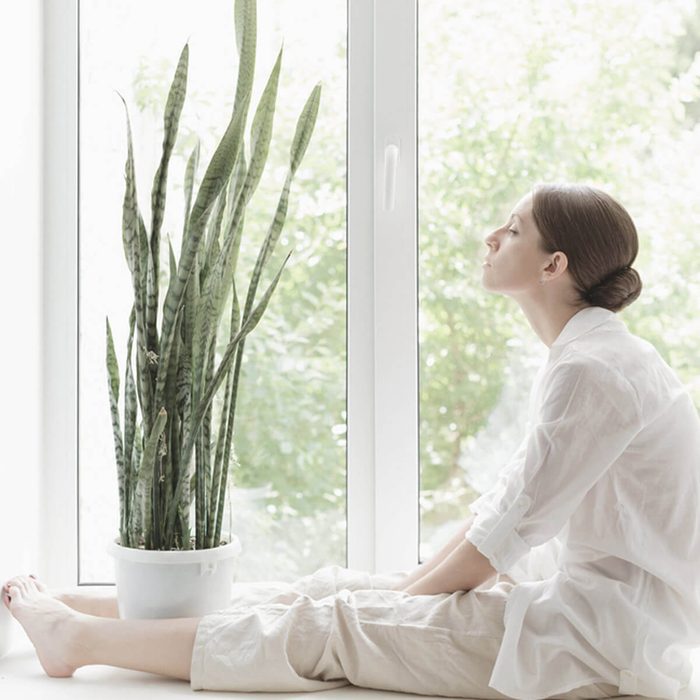
Snake Plant
The snake plant needs very little water, and it doesn’t require an abundance of sunlight, so it makes a great winter plant. Snake plants can even be left alone for a couple of weeks if you decide to escape to a warmer locale for a winter getaway. Speaking of, here’s how to take care of all your plants in the winter.
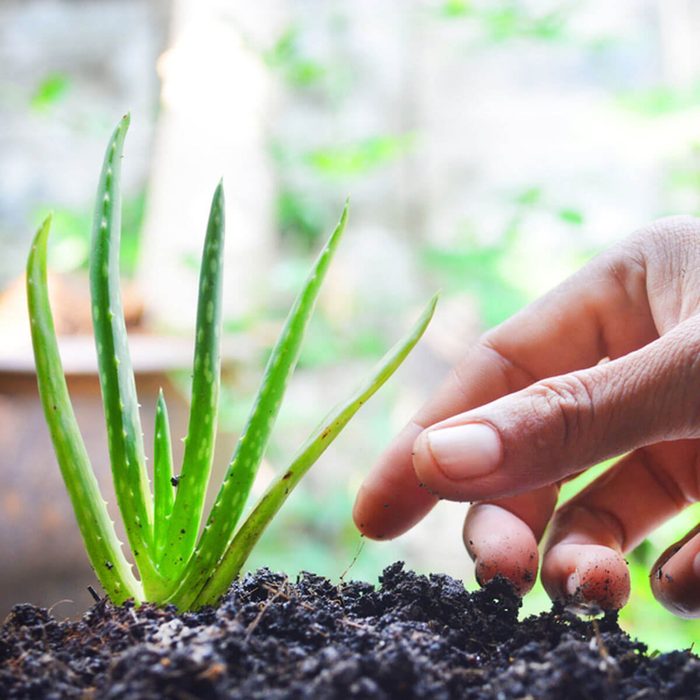
Aloe Vera
Try growing some invincible aloe vera this winter so it’s ready to use when you get that summer sunburn! Aloe vera doesn’t need direct light, but it does need a warmer room. Try keeping aloe vera in a south or west-facing part of your home and water it just once a week as it prefers dry soil.
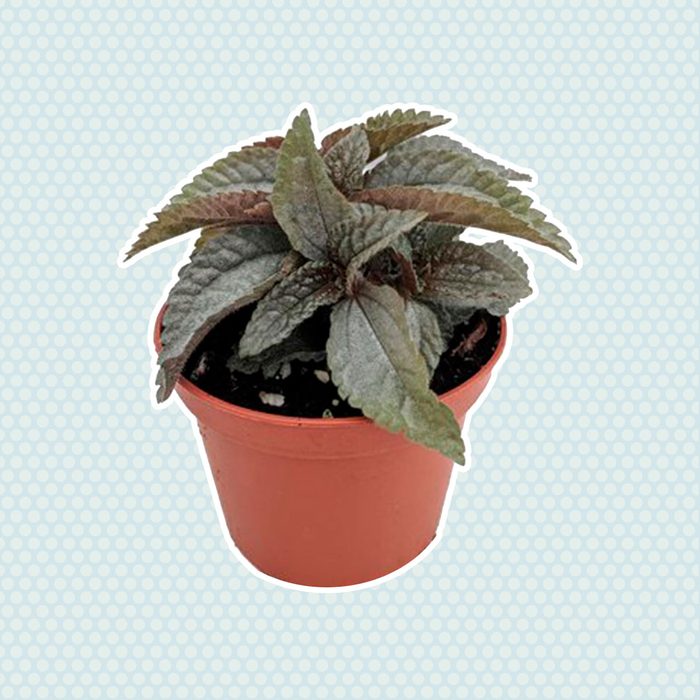
Friendship Plant
Pilea involucrata, native to Central and South America is known for its oval-shaped, velvety leaves. This bushy, trailing plant is easy to care for but does best in a humid environment like a terrarium. It grows between 6 to 12 inches high, making it great for small spaces. Gardening Know How suggests keeping the temperature between 65 to 75 degrees and away from heaters or drafty windows.
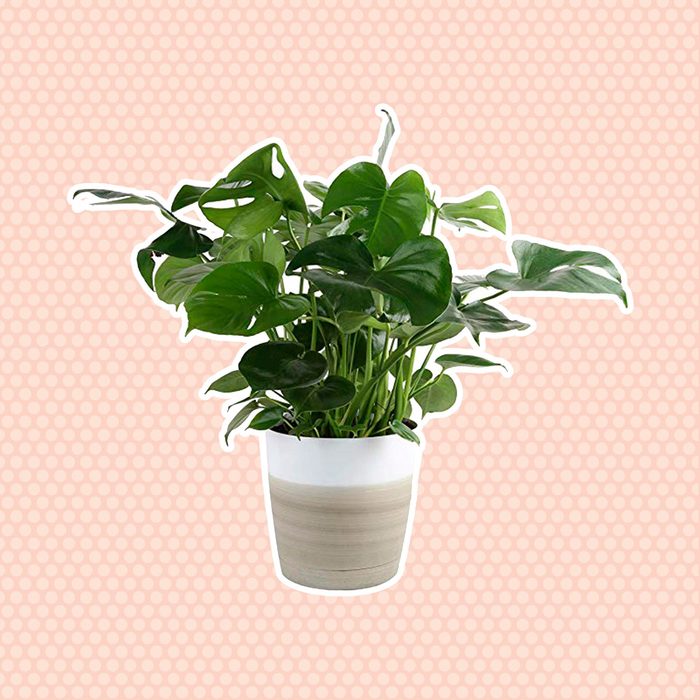
Monstera Plant
Also known as the Swiss cheese plant, this low-light houseplant is recognized by its large, split leaves. Great for an office, this plant grows quickly, so pick a spot with plenty of space. Gardening Know How recommends repotting your cheese plant once a year while it is young to freshen the soil and to encourage growth. In its natural habitat, this tropical jungle plant is known for reaching up to 10 feet tall or more.
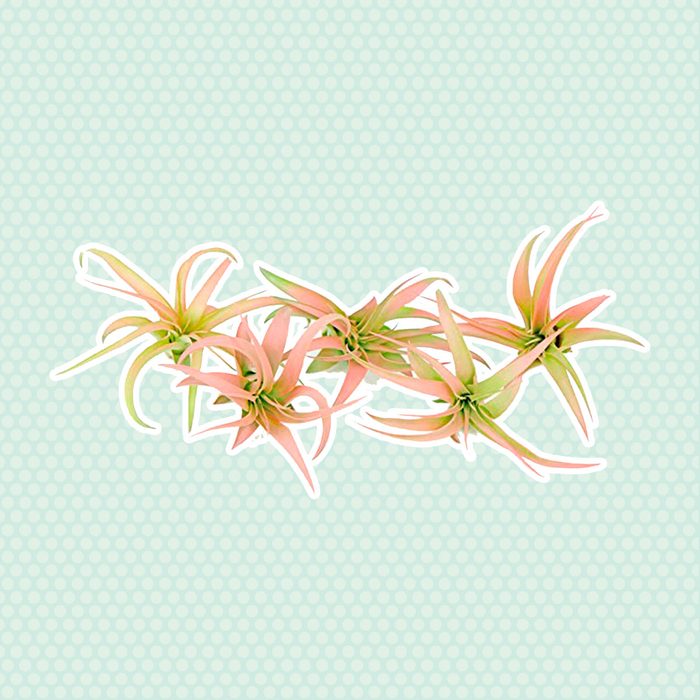
Air Plant
Tillandsia is a genus of around 650 plant species, all native to forests, mountains, and deserts from northern Mexico, the south-eastern United States, and the Caribbean to mid-Argentina. According to Green and Vibrant, air plants absorb moisture through their leaves from the air, which is why they grow best in humid environments. To promote the health of this low-light houseplant, you can use a spray bottle (for misting) up to four times per week. In nature, these plants cling to tree branches, bark, bare rocks, or even telephone wires. Used for decorative purposes, they are commonly seen mounted, placed in a terrarium, or inset inside of seashells.
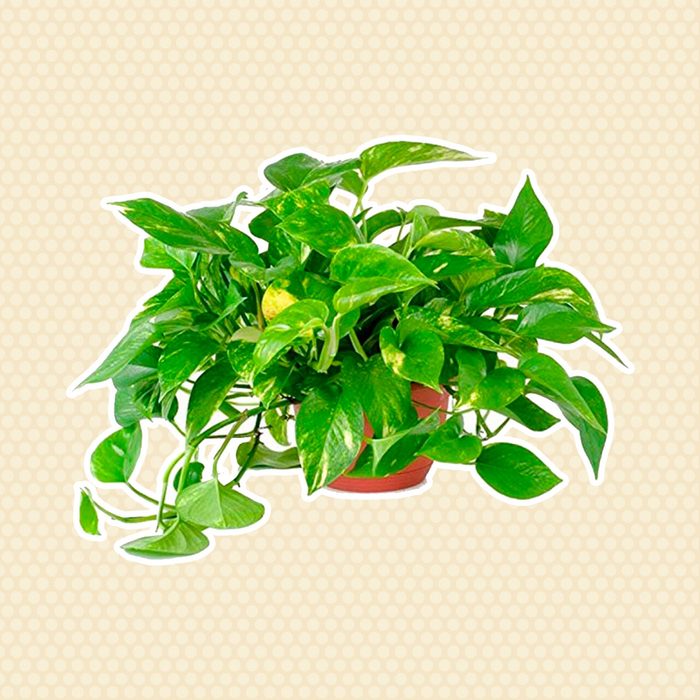
Golden Pothos
Epipremnum aureum is an ideal low-light houseplant for its ability to purify the air. A native of French Polynesia, it grows best in indirect light. According to Green and Vibrant, it’s referred to as devil’s ivy since it’s almost impossible to kill and even stays green when kept in the dark. It can grow in dry, nutrient-poor soil or in a vase filled with water. It is poisonous, so skip this one if you have young children, cats, or dogs. The sap can cause a rash, so wear gloves if you have sensitive skin. Don’t have a green thumb? You literally can’t kill these houseplants.
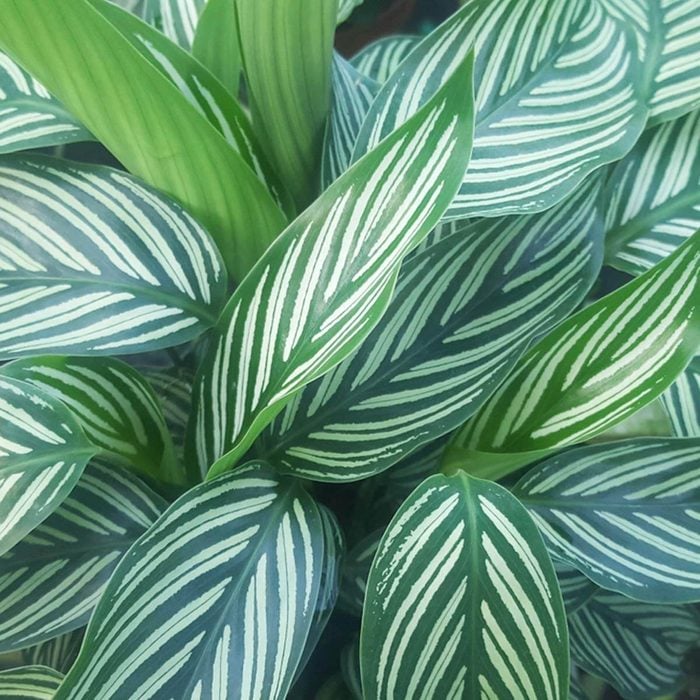
Zebra Plant
A zebra plant will add some personality to your space with its striped leaves. Zebra pants do well in high humidity, so add one to your bathroom for a fresh look.
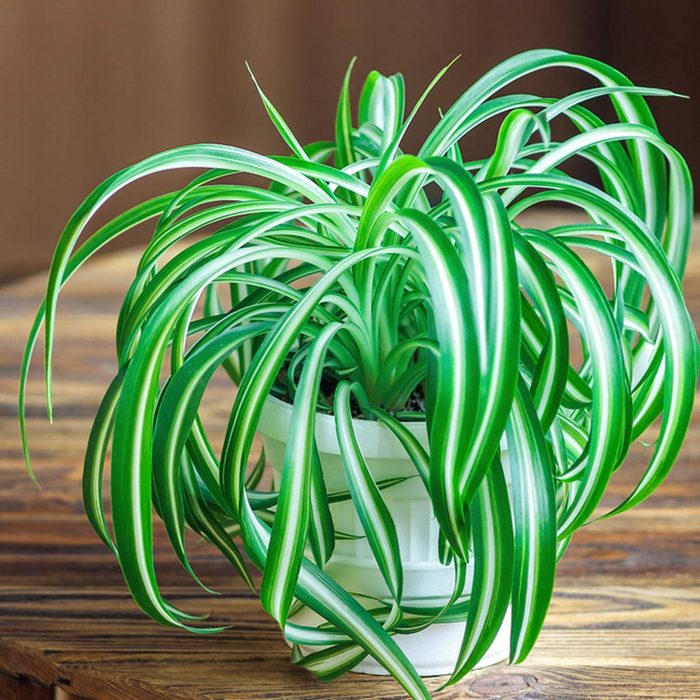
Spider Plant
Spider plants are a popular indoor plant choice as they help improve the air quality of your home. This plant requires light, so make sure it’s near a south or west-facing window, but keep it out of direct light as the leaves can scorch. It needs occasional watering. Need a low maintenance house plant? These plants thrive in darkness.
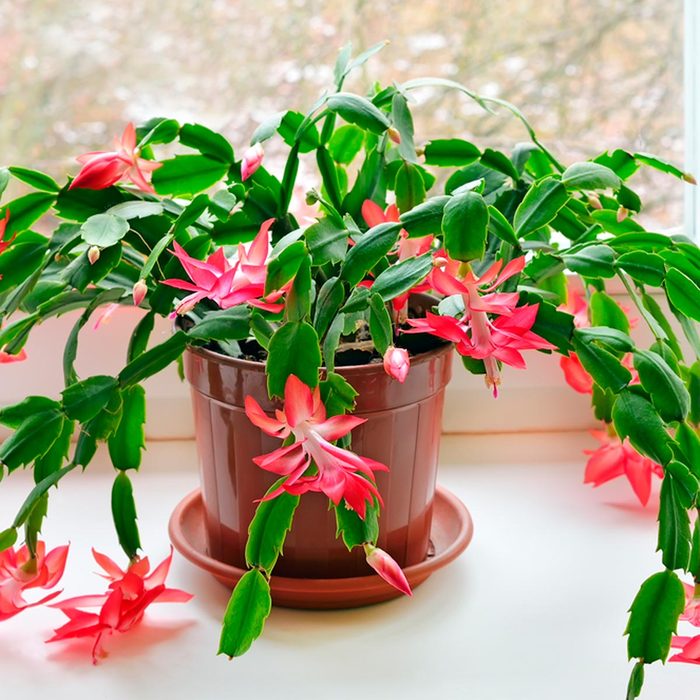
Christmas Cactus
The Christmas Cactus gets its name because it blooms mostly during winter, around Christmas time. Unlike most cacti, it does not have sharp spines, which means it won’t scratch your dog or cat if they touch it. And it’s also non-toxic, should your pets ingest it.
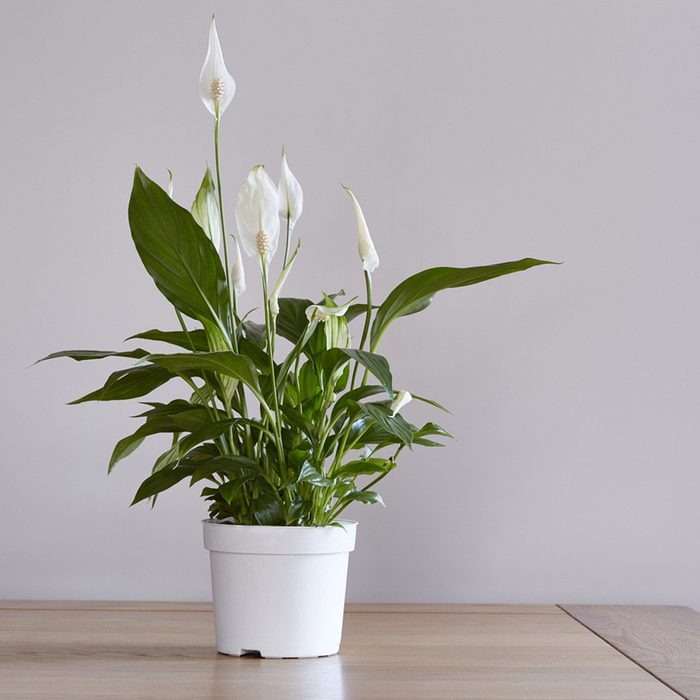
Peace Lily
The peace lily likes medium to low sunlight and it only needs water when the soil is dry. The peace lily is another popular choice for winter growing as it helps improve air quality.
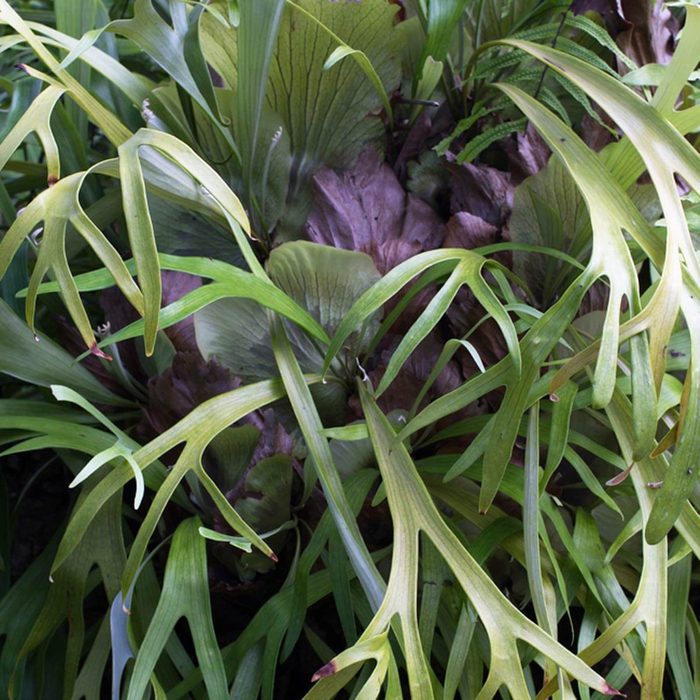
Staghorn Fern
You can keep a staghorn fern thriving with medium light and moderate moisture. These ferns do well in baskets hung from the ceiling. Need a planter? Make one with these kitchen leftovers.
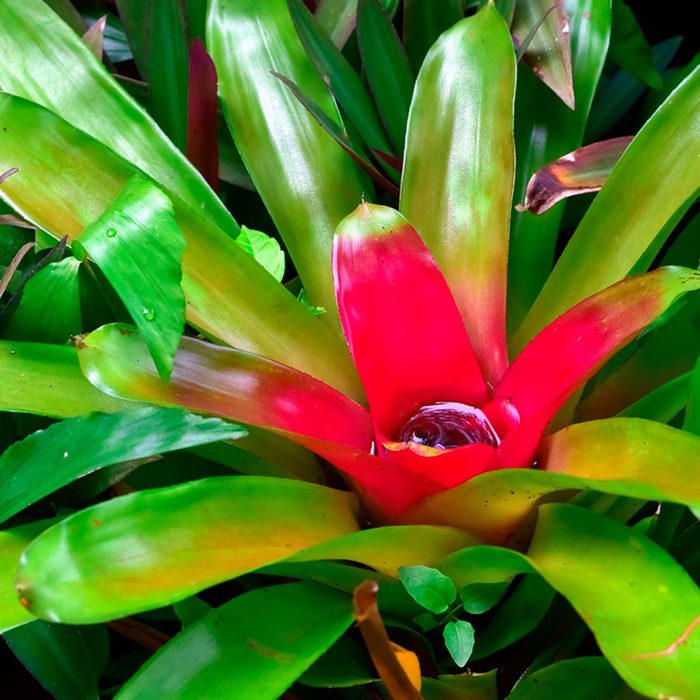
Blushing Bromeliad
This colorful, tropical-looking plant would make a beautiful addition to any home—even one with curious pets, as it’s non-toxic for both cats and dogs. Blushing Bromeliad grows vibrant green leaves that turn bright red in the center when it’s about to bloom. It is also naturally drought tolerant and very easy to care for.
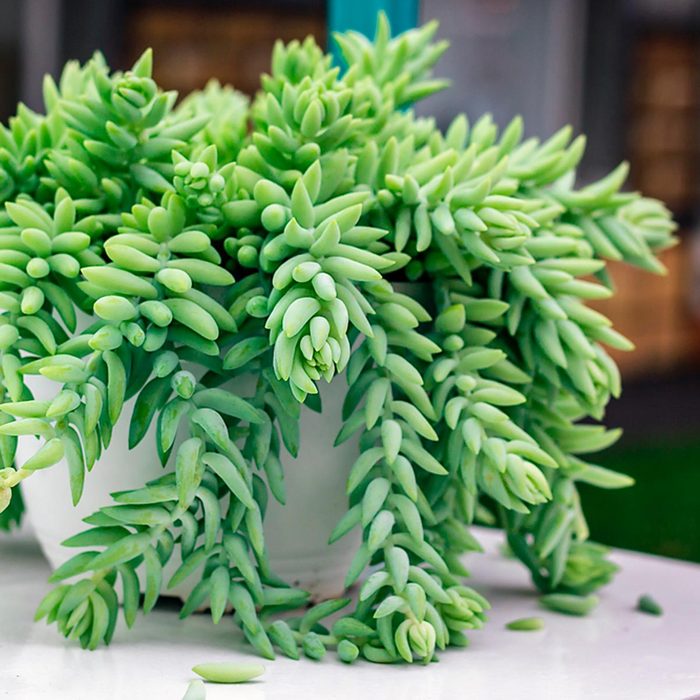
Burros Tail
This quirky plant would make an interesting addition to any room where pets roam. It’s light green, beadlike leaves are definitely eye-catching. Plus, this houseplant will provide you with peace of mind, as it’s safe for dogs and cats.
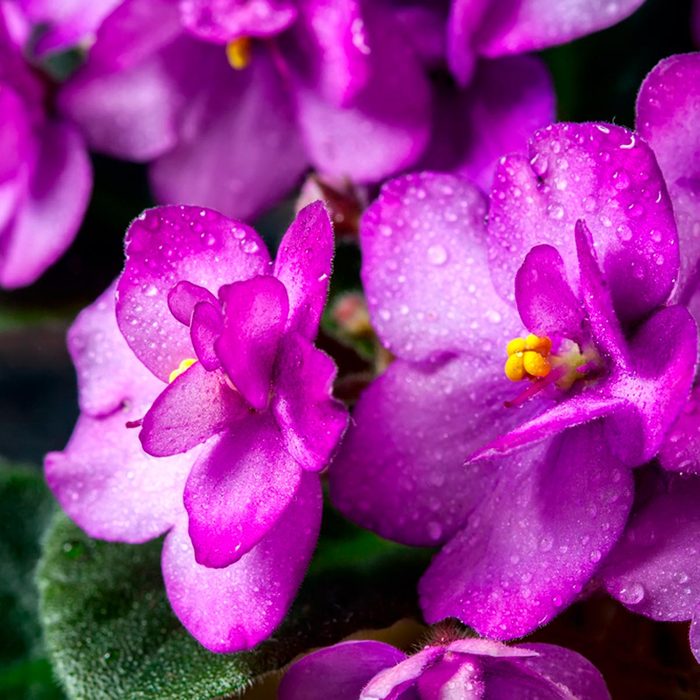
African Violet
For a more flowery option, African Violet is a beautiful plant that has dark green leaves and blooms deep violet flowers. It can survive year round in any part of your home that receives plenty of sunlight during the day, and it is completely safe for your pets.
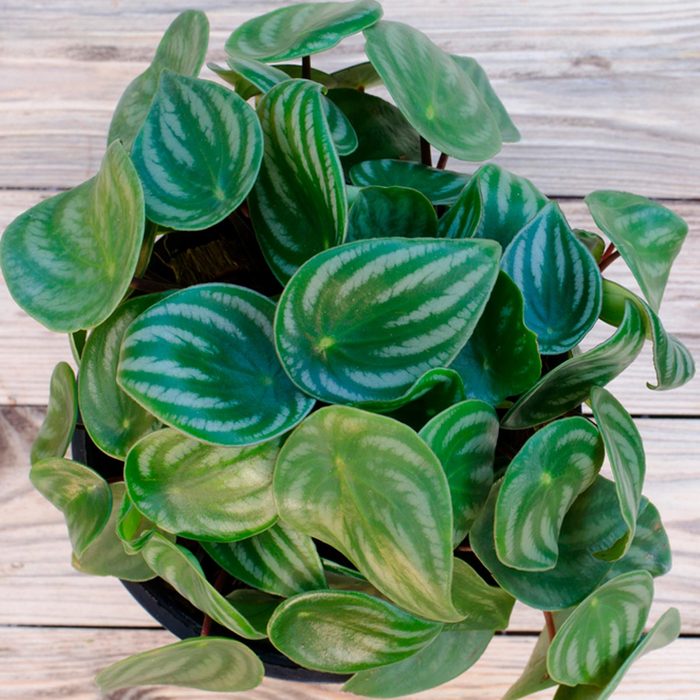
Watermelon Peperomia
This fun leafy plant grows variegated foliage in many green, red and silver shades. It looks beautiful bursting out of an indoor planter, and there is no need to keep it out of the reach of your pets, as it is safe if they happen to chew on it.
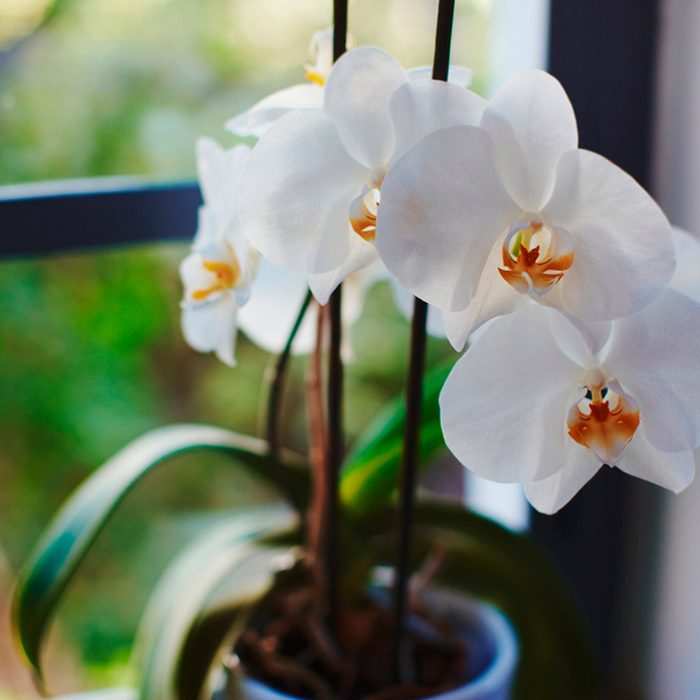
Phalaenopsis Orchid
This incredible flower, though pet-safe, is worth keeping out of the reach of your furry friends. It’s non-toxic, but that doesn’t mean it can withstand an encounter with your playful kitty or rowdy pup. Here are some more plants that are safe for pets.
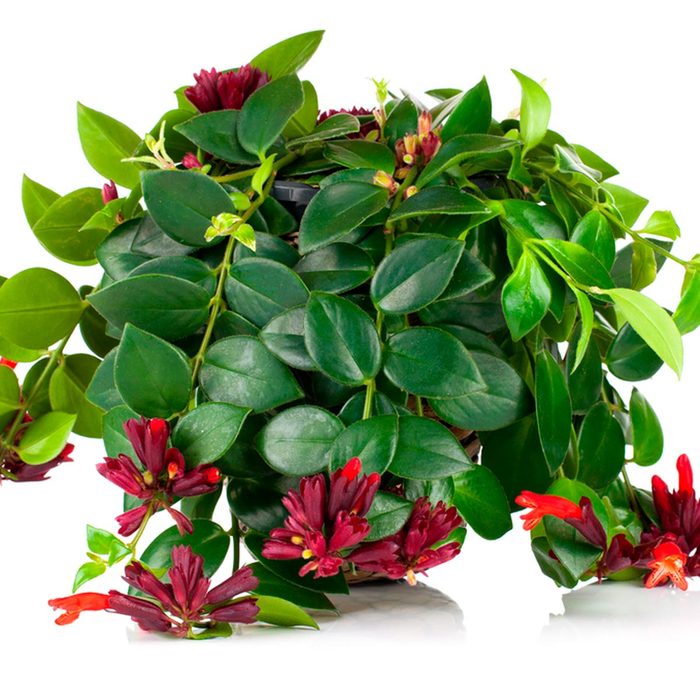
Lipstick Plant
Though Lipstick Plant is safe for cats and dogs, should they give it a taste test, it’s perfect for keeping up high in a hanging planter in your home. Its dark green leaves grow long, spilling over the edge of the container, and tubular red flowers that resemble lipstick bloom at the ends.
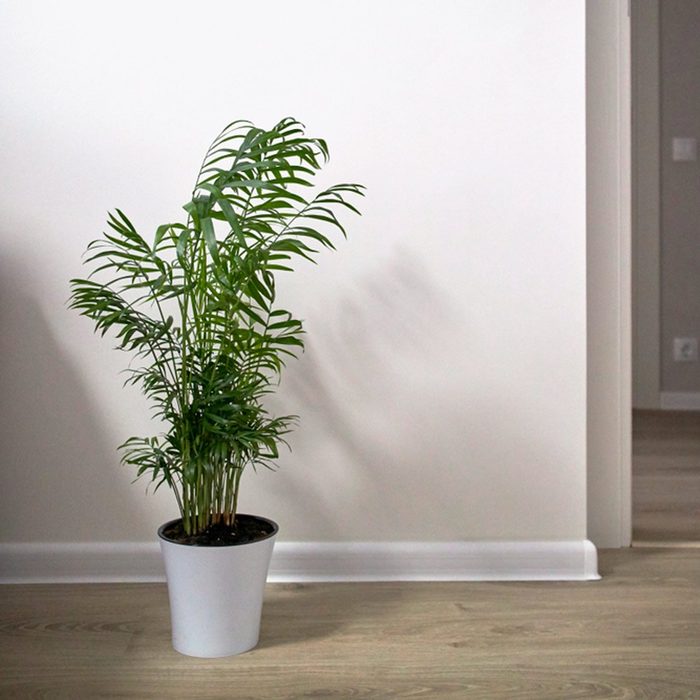
Areca Palm
This common palm makes a fantastic floor plant for homes with pets. It’s readily available, grows tall and full with little maintenance and, best of all, it’s non-toxic for cats and dogs. These are the 17 cleaning tips every dog or cat owner should know.
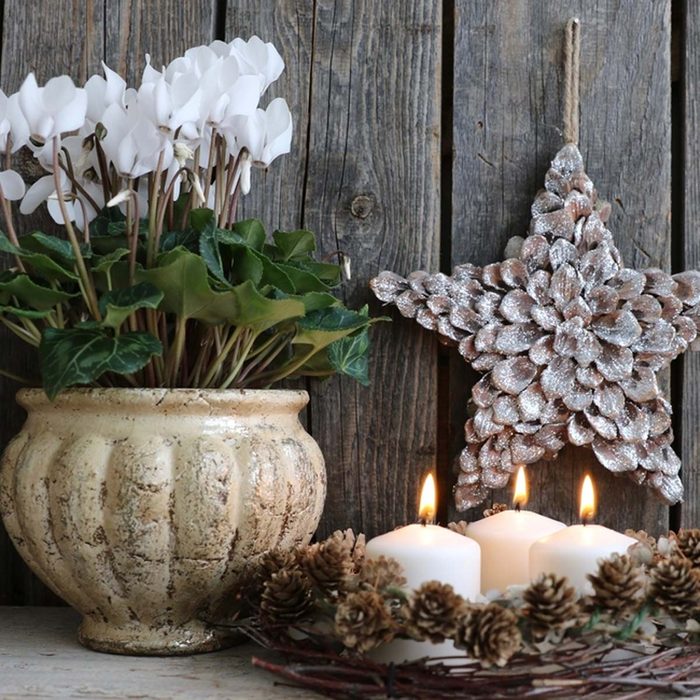
Cyclamen
If conditions are right for the cyclamen, the flowers can last a long time. Various colors are available, including red, purple, white and pink. A Christmastime favorite, cyclamens do well with filtered light and a temperature of no more than 65 degrees F. The soil should be kept moist.
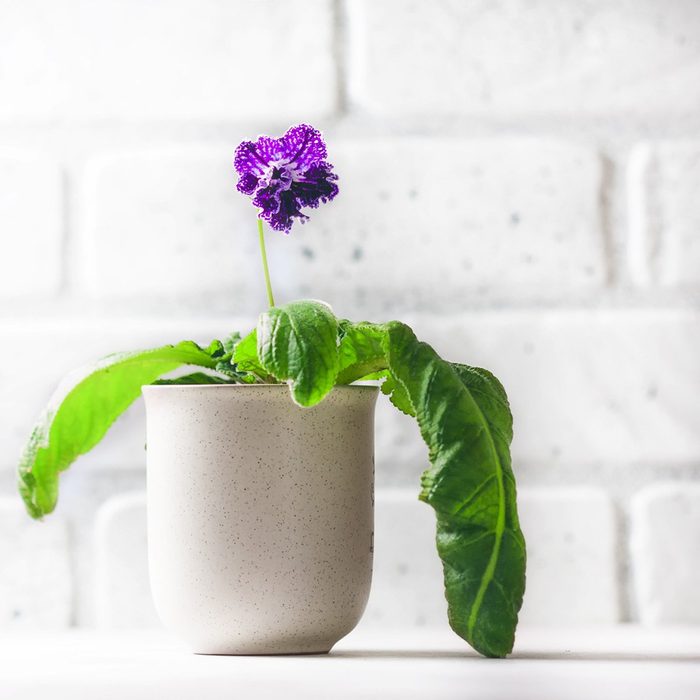
Streptocarpus
Streptocarpus, aka Cape Primrose, is a popular choice for indoor growing because the orchid-like flowers have a long bloom period. They thrive in indirect light and can come back to life if neglected for long periods of time. Did you know you can grow your own herbs indoors? Here’s how.